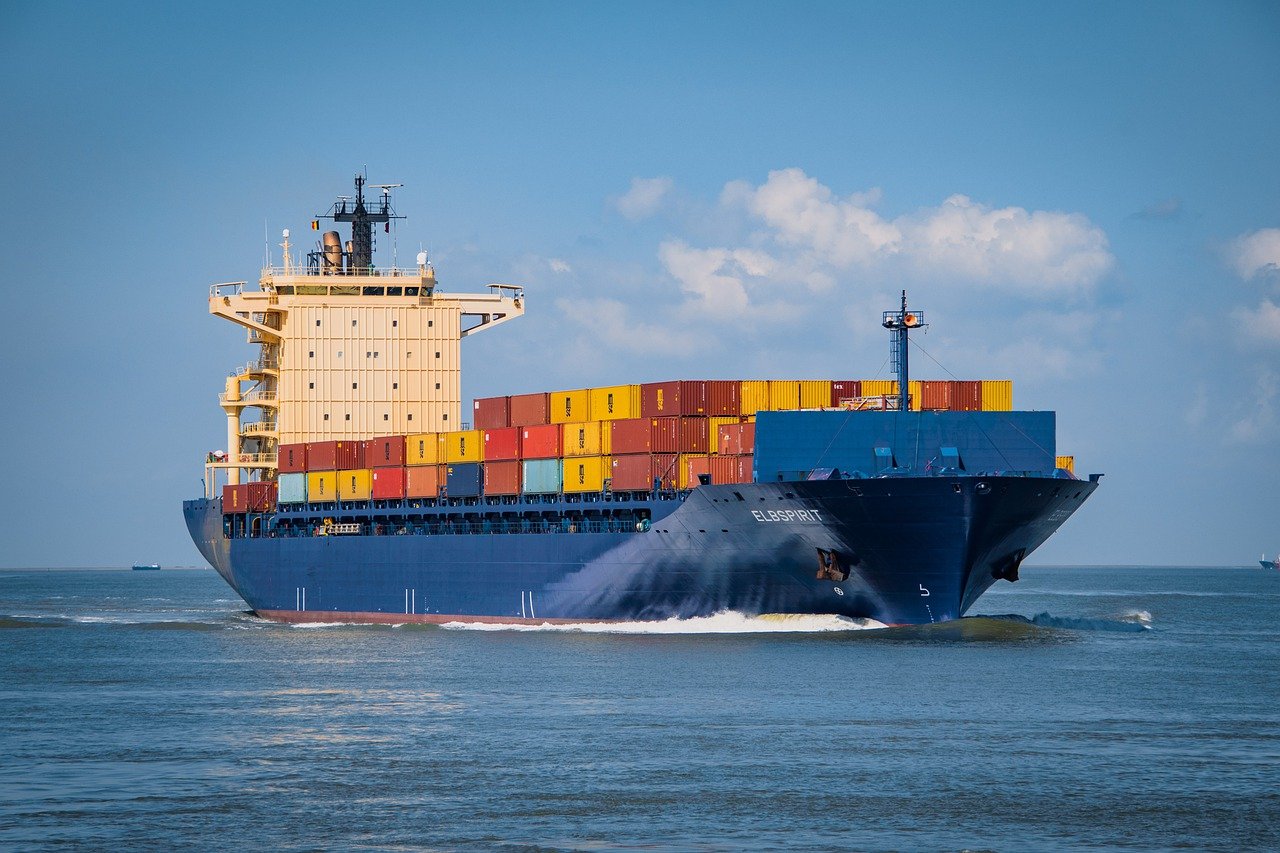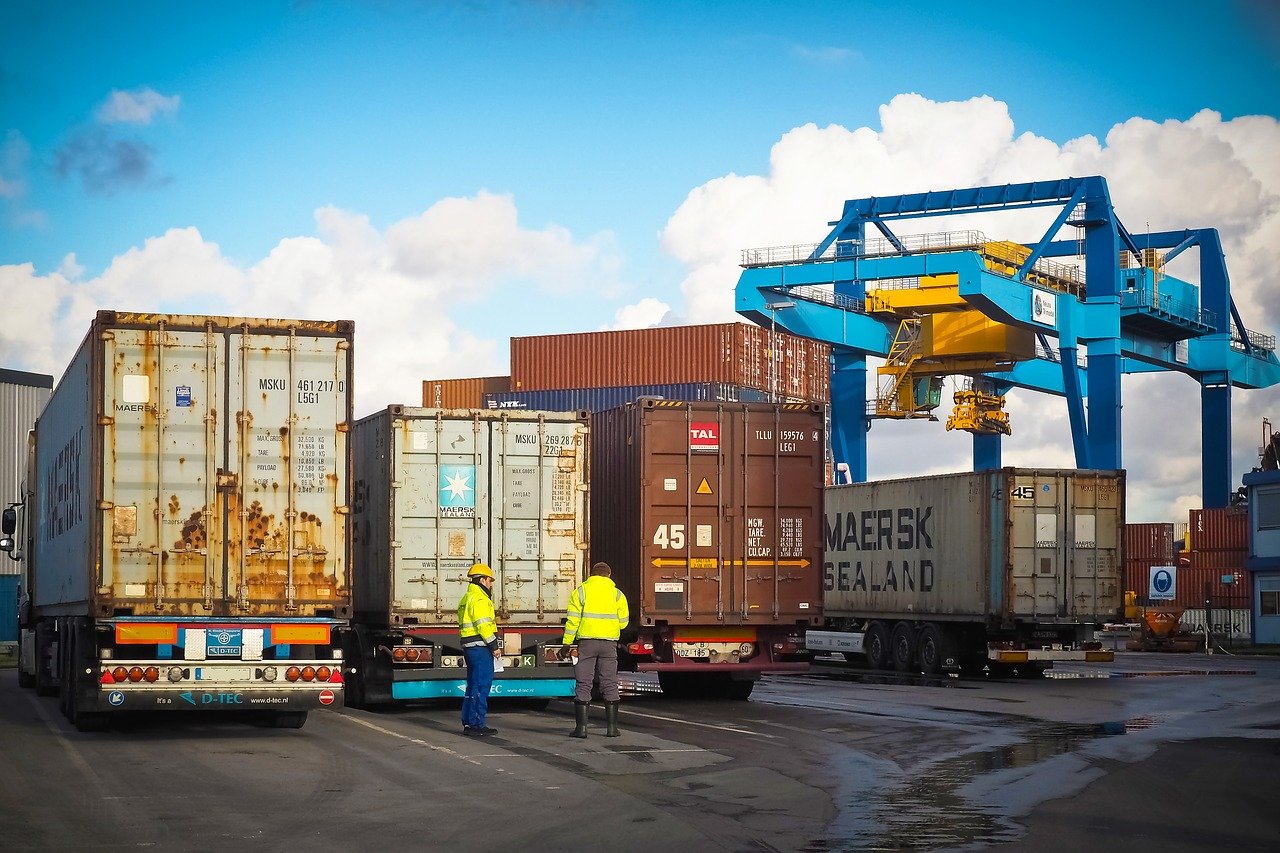What Is an ISO Container Inspection Checklist?
An ISO container inspection checklist is a document used to evaluate the structural integrity of shipping containers or intermodal containers according to standards set by the International Organization for Standardization (ISO).
Intermodal containers, or most commonly known as freight containers, are containers that are enclosed by steel structures that have an opening on both ends for access. These are used for transporting various materials, resources, and equipment on both land and sea.
The purpose of this inspection is to ensure the structural integrity of the shipping container before being used to contain and ship the intended cargo. Doing so prevents any accidents that will cause harm to workers working with the container and prevent damage to the carried goods inside the container.
Aside from that, it is also used to ensure that other auxiliary components of the container are in good condition to maintain perishable goods and prevent contamination from carrying hazardous materials. For example, there are intermodal containers with refrigeration systems (also called reefers) intended to ship large amounts of temperature-sensitive cargo.
The ISO standards are used worldwide and applied by almost all government departments in charge of shipping goods using freight containers. In this short guide, we will be using the ISO container inspection checklist pdf from the United States Department of Defense.

Structural and Mechanical Requirements in an ISO Container Inspection Checklist
These are requirements for the components of the container that are used to bear loads as well as protect the cargo from external forces. And this section contains all the required specifications for the container’s components-structural and non-structural. Below is the summarized information of each sub-section.
1. Container Configurations
This sub-section of the ISO container inspection checklist form refers to the external condition and configuration of the shipping container. The container should be suitable in both size and capabilities to match the cargo and be free from any signs of visible damage as well as physical distortions.
Aside from that, it also states that parts of the container needed for transport and transfer, like the rear-end frame and forklift pocket, are all in good condition. Also, the container should have no protruding parts beyond the surface of the outer corner fittings and should be within acceptable tolerances.
2. Primary Structural Components
This sub-section of the ISO container inspection checklist form talks about the requirements for all the container aspects that are load-bearing.
These components should be thoroughly examined and tested to see if it’s in working condition. And if there is any damage to these components such as cuts, breaks, tears, punctures, and corrosive failures, then the container should not be used. Examples of these load-bearing components are corner posts, floor cross members, forklift pockets, end rails, and corner fittings.
During the inspection, the welding pattern should also be checked. In general, welding patterns should always follow the manufacturers’ standards. If there are any irregular patterns of weld, then the container should not be used.
The inspection form also has clear regulations about splicing. Splicing means repairing a structural component without fully replacing it. And although there are acceptable splicing methods and conditions, it is generally not recommended since it still doesn’t have the same structural strength as compared to fully replacing the component.
Below is the list of the primary structural components of a container that should be inspected:
- Corner fittings
- Corner posts
- Door end frames
- End frames
- Side rails
- Floor cross members
- Steel cross member juncture with side rail
- Acceptable splicing on cross members
- Cross member modifications
- Gussets and rail stiffeners
- Understructure
- Forklift pocket
3. Non-Structural Components
This sub-section of the ISO container inspection checklist form is about other components that are not deemed as structural or load-bearing components.
In general, the regulations for these non-structural components are less strict than structural ones. The container can still be used as long as these components are still serviceable. For example, doors, roofs, and walls that have pin-hole leaks are still serviceable, and patching as means of repair is acceptable.
4. Cargo Restraint
This sub-section of the ISO container inspection checklist form is about the restraint system that is used to fix and secure the cargo in place.
It is required to have mechanical restraining systems in place. But if there are none, containers should be configured to have sufficient load-bearing surfaces to compensate. During the inspection, other cargo restraint accessories like load retainers, tiedown provisions, and stanchions will also be checked to see if they are all in good working condition.
5. Flooring
This sub-section of the ISO container inspection checklist form is about the requirements for the container flooring. Container floorings should follow these requirements to prevent any damage to the cargo being shipped.
A container will be deemed not serviceable if it has the following deficiencies (this is applicable to both wood and sandwich panel flooring):
- Any visible damage such as dents, delaminations, cracks, gaps, and protrusions
- Any fastener that is missing, loose, and not properly countersunk
- Soaked or stained with any hazardous liquid substance
- Has residues from previous cargo
- Rotten flooring
It is acceptable to repair any deficiencies that were found during the inspection but should be in accordance with the ISO standards.
Legal Requirements in an ISO Container Inspection Checklist Form
Aside from the container components, there are legal requirements stated in the ISO container inspection checklist: regulations must be followed by all types of intermodal or freight containers. These legal requirements are usually plates and markings that should be put on the container itself. There may be additional requirements depending on the shipping route, but below are the international guidelines.
1. Regulatory Mandates
This subsection of the ISO container inspection checklist states that all types of containers may not be offered and used for shipping if they do not pass any of the ISO standards tests. It means that they are not structurally safe. Inspections should only be performed by certified inspectors.
Also, this sub-section contains other legal requirements that should be met concerning the ISO standards. And the most common international standard in relation to this legal matter is the International Convention for Safe Containers (CSC), which has guidelines on testing, inspecting, and maintaining containers. Another relevant standard is the International Maritime Dangerous Goods (IMDG) Code which has guidelines on how to handle and ship goods that are considered hazardous to the environment.
2. Markings and Data Plates
The next sub-section of the ISO container inspection checklist form states that all freight containers should have legible ISO marking that conforms to ISO Standard 6346. This standard is an identification system that was specifically designed and mandated for freight containers. And the standard code contains five essential information: owner code, category, serial number, a check digit, and weight. The standard markings should be legible, easy to read, and present on all four sides of the container.
The door of the container should also have a CSC Safety Approval Plate. Auch approval plate is proof that the shipping container has passed all the required inspections and is deemed safe for use. Usually, the CSC Safety Approval Plate is included in the Combined Data Plate.

Advantages of a Mobile App for ISO Container Inspections
Container inspections traditionally involve a lot of paperwork. A laborious and time-consuming process that is prone to information loss. A mobile app and desktop software like Lumiform allow you to digitize your ISO container inspections. Not only does this save you time and paper, but it also secures all data accessible to your entire team securely in the cloud, where it can be accessed at any time.
Guarantee the safe transport of cargo and prevent container fires by taking advantage of a digital solution like Lumiform:
- The flexible form builder allows you to create new custom ISO container inspection checklists and forms at any time and adapt them over and over again.
- Thanks to the App, you and your team are ensured to always complete all on-site offline or online inspections on time.
- Digital checklists allow you to immediately record defects and issues found during the ISO container inspection, as well as add photo evidence and comments.
- After each inspection, a report is automatically generated and can be accessed at any time in web or PDF format.
- Schedule recurring container checks and receive push messages as reminders.
- Use the results from container checks to identify recurring problems early and fix them immediately.


